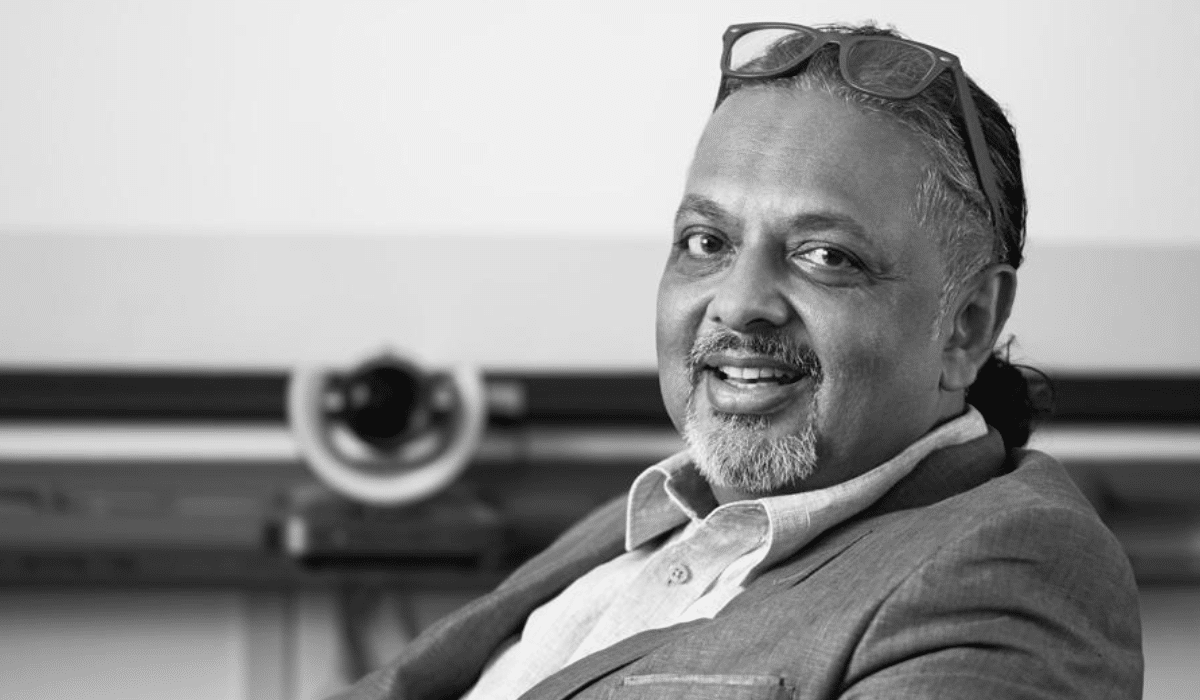MUMBAI, India — In this age dominated by digital disruption, India’s radio industry finds itself on the threshold of a profound transformation driven by technology, regulatory reforms and the relentless pursuit of innovation. This metamorphosis promises to not only secure radio’s enduring relevance but also propel it into a new era of possibilities. Traditionally, radio has been a resilient medium, delivering music, news and storytelling. However, with the advent of digital technology and the ubiquity of smartphones, radio has evolved into an interactive and dynamic medium that engages listeners in unprecedented ways.
In India, all radio companies have grappled with regulatory, commercial and content restrictions that have prevented them from unlocking their true potential. But now, thanks to forward-thinking reforms of the Telecom Regulatory Authority of India, radio is about to undergo a renaissance. The recent recommendations from TRAI include amendments to the annual license fee structure, permitting private FM players to air news and current affairs programs and make it mandatory for mobile handset companies to include functioning FM receivers in handsets. These recommendations, if implemented, will allow the industry to grow its revenue and reach exponentially.
The announcement of e-auctions for the next batch of 808 FM licenses and the evaluation of different digital radio technologies is a testament to the government’s dedication to revitalizing radio. It’s not just about revenue generation but also extending the reach of radio to previously underserved geographies. These reforms allocate frequencies in 284 cities, with a particular focus on Tier II and III regions. This move ensures that radio remains a relevant and accessible medium across geographies. In parallel, the removal of content restrictions liberates broadcasters to explore a wide spectrum of topics, engaging listeners on a deeper level. The mandate for mobile handsets to enable FM chips is a strategic move that is expected to catalyze radio adoption and bring new listeners and advertisers to the medium.
The announcement of e-auctions for the next batch of 808 FM licenses and evaluation of digital radio technologies is testament to the government’s dedication to revitalizing radio.
A transformative force
As we look ahead, innovation will be a central pillar, not only radio’s resurgence in India but throughout radio everywhere. While music curation remains at its core, radio is diversifying into marketing solutions, extended platforms such as audio shorts, podcasts, AR/VR video and OTT. This diversification allows radio networks to create enriching and immersive experiences that resonate with today’s diverse audiences. In particular, the audio OTT industry has witnessed remarkable growth, with eight million active subscribers. The global audio OTT market, valued at US$21.4 billion in 2022, is expected to grow at a robust compound annual growth rate of 29.3% from 2023 to 2030, reaching an impressive US$124.1 billion by 2030.
This exceptional growth is fueled by a confluence of factors, including increasing internet penetration, widespread smartphone ownership, and the burgeoning demand for personalized and on-demand audio content. It underscores how audio OTT is emerging as a significant player in the modern media landscape and reflects the changing preferences of today’s global audience.
Also, artificial intelligence is not just a buzzword; it’s a transformative force in radio. From content creation and production to marketing, distribution, analytics and monetization, AI is reshaping every facet of the industry. AI is propelling radio into a new era of global relevance, where content knows no borders and audiences are active participants in their listening experience. A study by PwC found that 73% of radio broadcasters are planning to invest in AI in the next three years, thus paving the way for a brighter future for the industry.
So, where does this leave the future of radio? It leaves us on the brink of an era where radio is thriving in the digital age. It invites us to rediscover the timeless magic of radio, made even more enchanting by the wonders of AI and technology. The future of radio isn’t a distant concept; it’s an immersive, personalized experience that’s already here, ready to take us on a captivating audio adventure.
The author is CEO of Reliance Broadcast Network Limited in India.
More about India
Up close: India’s radio market
Orban Has a New Distributor in India

